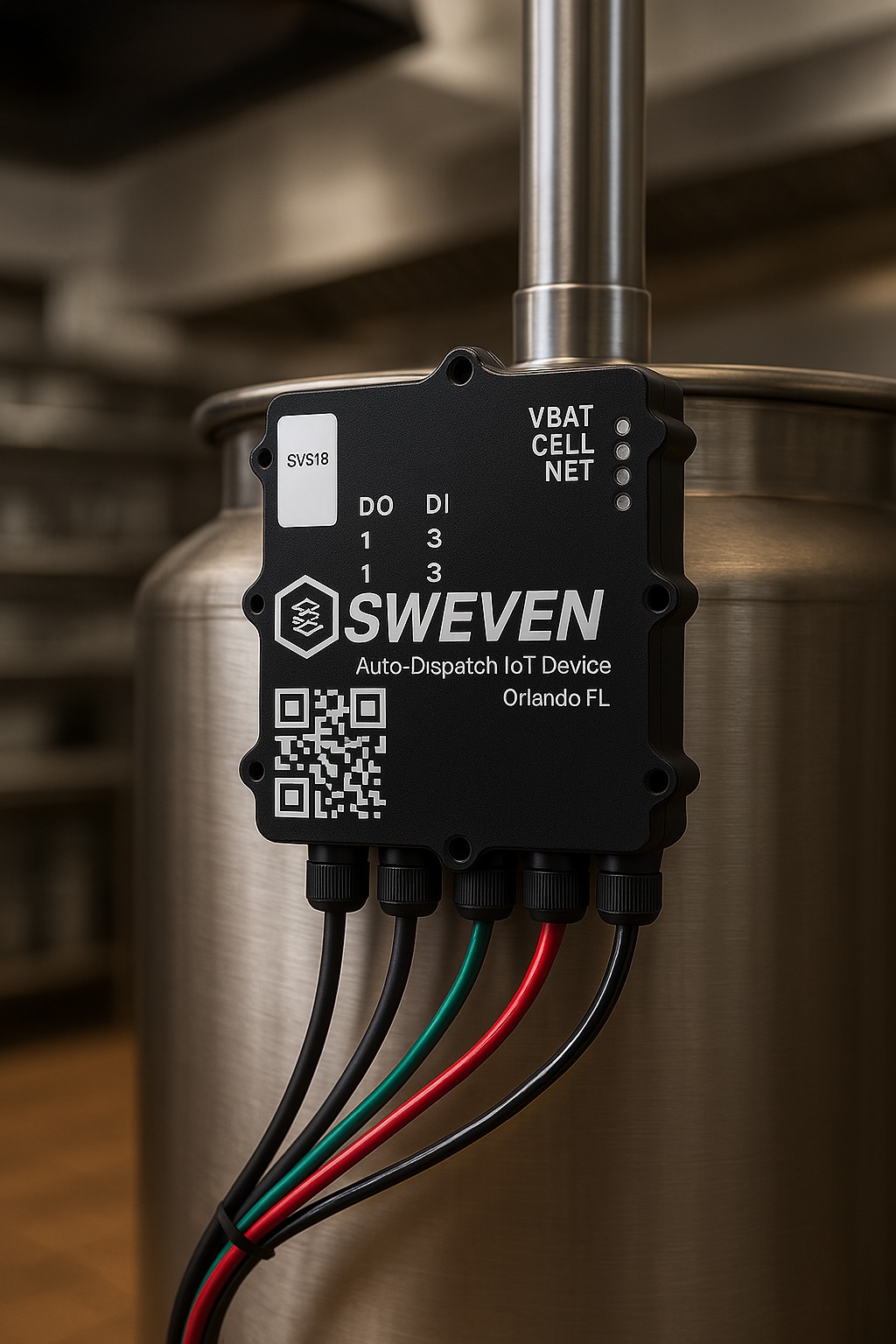One of the biggest challenges we face as aggregators is keeping information and tasks well-organized and efficiently distributed in our projects. For instance, when building a house, we need to make sure our vendors are notified and aware that materials need to be available on-site in advance so that when labor is ready to be performed, there are no delays or snags.
In order to achieve this, deadlines need to be set, labor must be scheduled accordingly and any additional details like the right type of material and the staff assigned to the task need to be clear and available.
For a single task, this is barely an issue, as we tend to use readily available communication tools like text messages, email, phone calls, and one-on-one with contractors or vendors, but a new level of complexity arises when we manage more than just one as it turns into a large project.
It might have happened to you at some point: interesting opportunities for work on a new project appear but the available bandwidth is very limited and time is not always our ally when trying to set it all up, leading to a loss of confidence from clients.
How does Sweven help you manage your project?
You can use Sweven to classify tasks as work orders into Projects. This will help you filter and manage all items related to the work at large, without losing sight of specifics.
To open a new project, go to the hamburger menu and click on List Manager/Projects.

Here, you can create a Project for a set Client and assign a project manager, relate to a contract, and even set the deadline if there is one.

Each project will contain all information related to it, down to the total cost, coming from each work order in the project for accurate billing.

Projects can also be divided into Sub Projects, to granulate specific areas of the work granted to vendors or project managers and control bugdetting and ETAs separately.

Each work order can be assigned a project during creation or even be reassigned if the tasks need to be moved around for different management styles or skill sets.

Work Orders related to this Project will be displayed in the «Work Orders» tab, allowing you to monitor and manage each individually, without losing sight of the project at large.

And, although every work order can have attachments of its own, the Documents tab works as a repository for general information related to the Project, including your contracts, plans, and pictures to keep a reliable source of information, available to your team and ready to be provided to your vendors and clients.

Putting it all together.
Now, you’re ready to manage a Project with precise task assignments, categorized documentation, and budget control.
Since every project is related to a Client, they can also check up on the progress of the project at large or zoom into tasks as work orders from their Client Portal, without the need for a report or a long call to go over specifics.
By creating a Project, you’re set to organize and manage all tasks without any confusion or delays, and all information available is consolidated into an easy-to-understand layout for optimal operation.
How can this improve your operation? Let us know in the comments!







